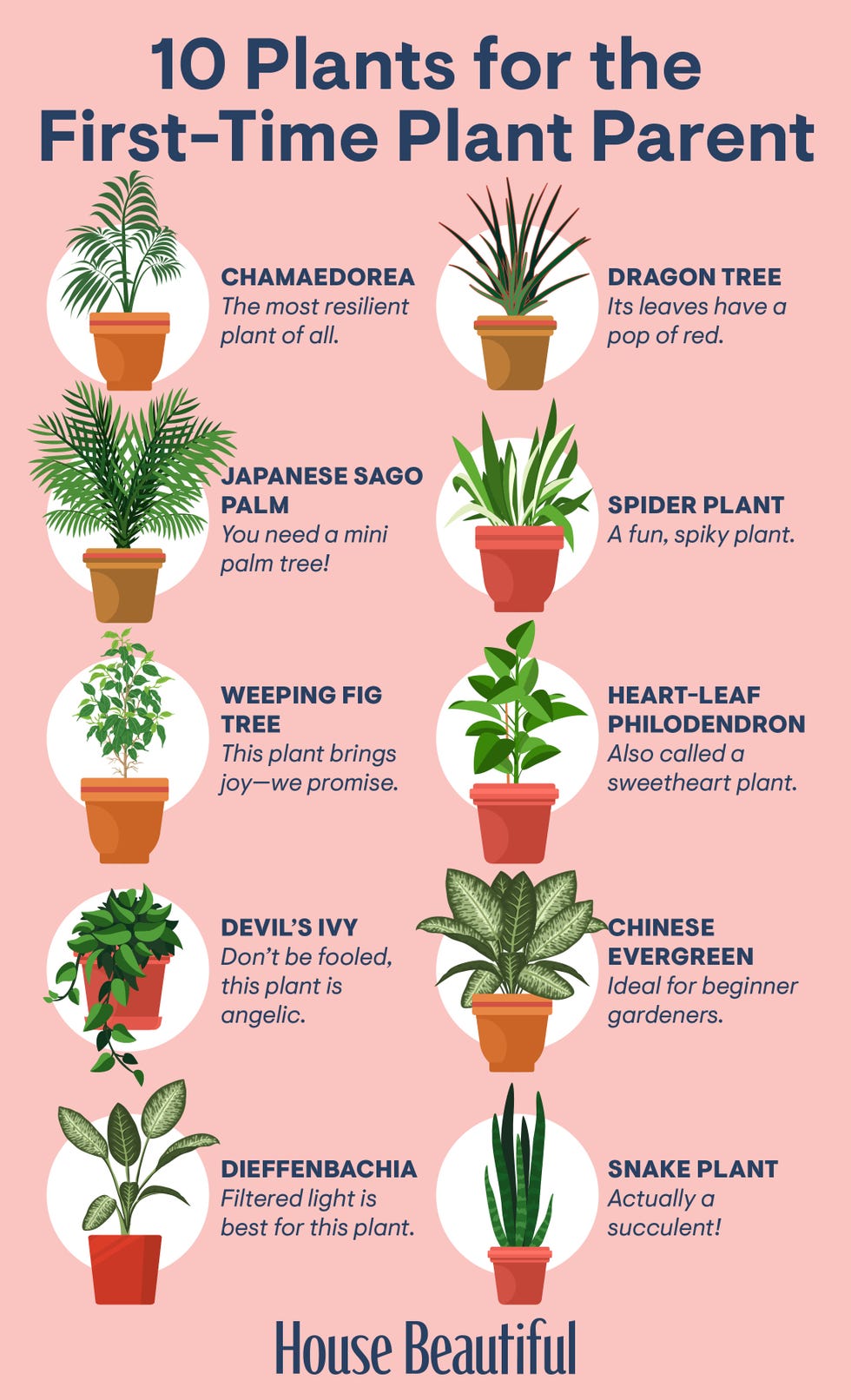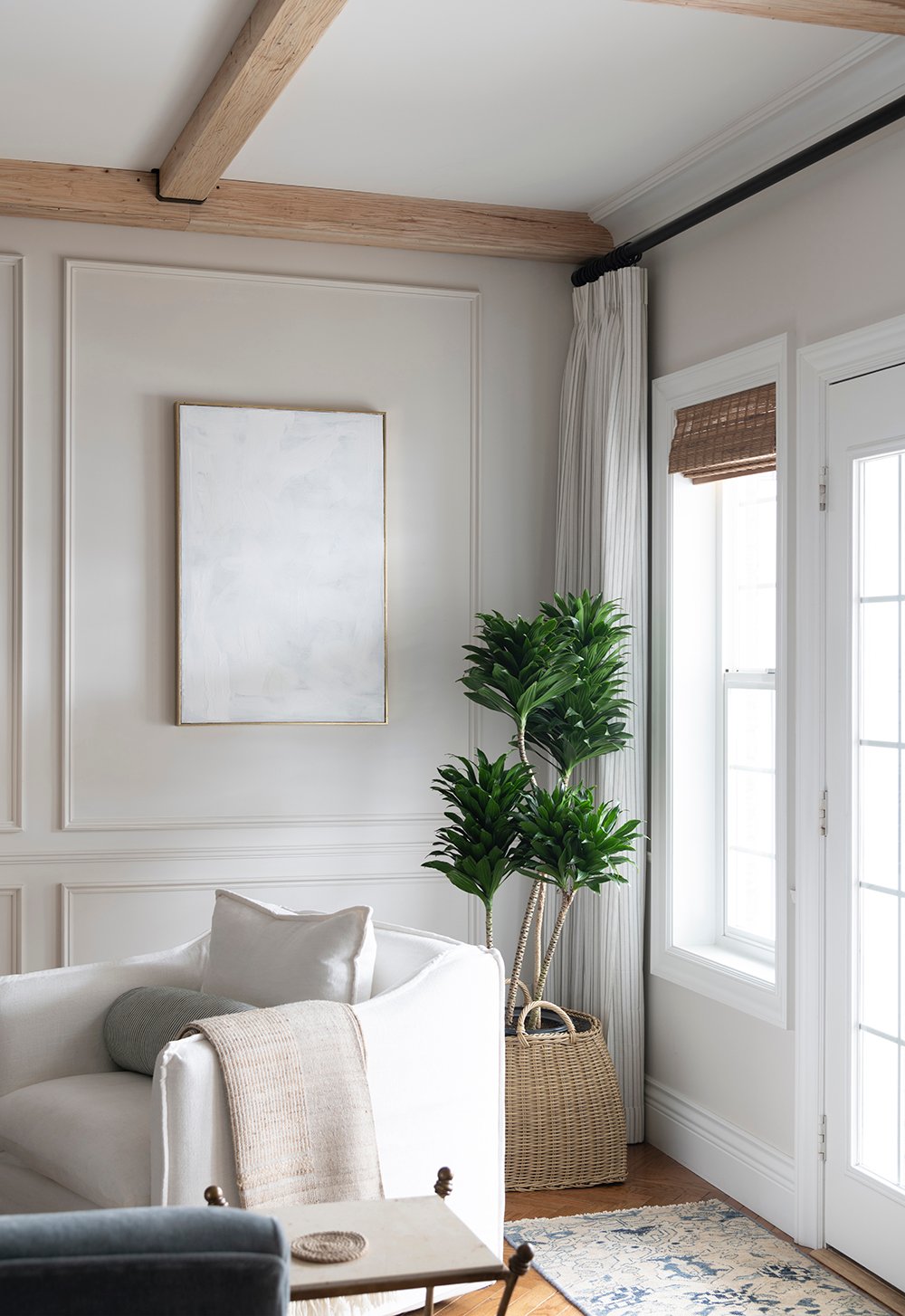Best Low-Light Indoor Plants That Add Greenery to Any Space with Little Light
Best Low-Light Indoor Plants That Add Greenery to Any Space with Little Light
Blog Article
Uncover the Keys of Low-Light Indoor Plants and Just How They Boost Your Setting
Low-light interior plants have amassed boosting interest for their distinct capacity to enhance both visual appeal and ecological high quality within homes and offices. These resilient varieties, including the Snake Plant and Tranquility Lily, not only thrive in difficult lights conditions but likewise play a crucial role in air filtration and emotional well-being.
Advantages of Low-Light Indoor Plants
Although many individuals presume that indoor plants require plentiful sunshine to grow, low-light interior plants supply a wide range of advantages that make them excellent for various atmospheres. One of the key benefits is their flexibility; they can flourish precede with restricted natural light, such as offices, basements, or spaces with tiny windows. This attribute permits people to improve their surroundings with plant, adding to improved appearances without the need for comprehensive illumination adjustments.
In addition, low-light indoor plants can significantly boost interior air quality by filtering damaging toxins and launching oxygen, making living areas healthier. The presence of plants has been linked to better feelings of peace and focus.
Furthermore, low-light plants typically need less upkeep than their sun-loving counterparts, making them optimal for busy people or those new to gardening. Their resilience permits them to love marginal treatment, therefore giving a satisfying experience for plant enthusiasts and amateurs alike. In summary, low-light interior plants serve both practical and aesthetic functions, making them valuable additions to any area.
Leading Low-Light Plant Varieties
Low-light interior plants can be found in a range of varieties, each offering distinct qualities and advantages matched for dim environments. Amongst one of the most popular ranges is the Serpent Plant (Sansevieria), known for its building leaves and air-purifying capacities. This resilient plant flourishes on disregard and can tolerate a large range of light conditions.
Another outstanding option is the ZZ Plant (Zamioculcas zamiifolia), which includes shiny, dark eco-friendly fallen leaves and is extremely drought-tolerant. Its flexibility makes it a favorite for workplaces and homes with restricted sunshine.
The Pothos (Epipremnum aureum) is likewise a leading competitor, with its tracking vines and heart-shaped leaves - Best low-light indoor plants. This functional plant can be educated to climb or cascade, adding visual passion to any space

Treatment Tips for Low-Light Plants
Taking care of low-light interior plants needs a nuanced understanding of their particular demands to make certain optimal growth and vigor. It is crucial to select the appropriate potting mix, as a well-draining soil is vital to prevent origin rot. A mix created for houseplants, frequently containing peat moss and perlite, functions well for the majority of low-light ranges.
Watering is one more key element of care. Low-light plants usually need much less frequent watering contrasted to their sun-loving counterparts.
Fertilization ought to be approached with care. During the growing period, a watered down liquid plant food can be applied monthly, but in winter season, several low-light plants enter dormancy and need little to no fertilizing.
Last but not least, it is essential to periodically clean up the leaves to eliminate dust, permitting for far better light absorption. By sticking to these treatment pointers, you can grow a successful atmosphere for your low-light interior plants, improving both their appearance and longevity.
Enhancing Air High Quality With Plants
Indoor plants play a substantial role in enhancing air high discover here quality within homes and office areas. Through the process of photosynthesis, these plants take in carbon dioxide and release oxygen, adding to a much healthier environment. Furthermore, specific low-light interior plants possess the ability to filter unsafe toxins, such as formaldehyde, benzene, and trichloroethylene, which are typically discovered in interior atmospheres.

Moreover, the presence of interior plants can raise humidity degrees, which helps relieve dry skin and respiratory system problems, further enhancing overall health. This capability to enhance air high quality not just advertises physical health and wellness but likewise sustains psychological health.
Integrating low-light interior plants into your living and working areas can result in an extra dynamic and stimulating setting (Best low-light indoor plants). Buying these all-natural air purifiers is a basic yet reliable technique for improving interior air top quality and promoting a healthier way of living
Creating a Serene Indoor Area
The assimilation of plants into living areas not only improves air high quality but likewise adds to a tranquil ambience. Low-light indoor plants, such as snake plants and pothos, are especially efficient in producing a tranquil setting, as they thrive in problems that might or else be unwelcoming for various other greenery. Their lavish foliage offers a calming visual, lowering tension and promoting leisure.
Integrating these plants right into your office or home can evoke a feeling of tranquility imp source and wellness. Tactically putting them in areas where you invest considerable time, such as living offices or rooms, permits an immersive experience with nature, which has actually been shown to improve state of mind and cognitive feature.
Furthermore, the mild activity of leaves in response to air flow can produce a dynamic aesthetic element that boosts the general atmosphere. Consider making use of a range of plant heights and textures to add deepness and interest to your room. With thoughtful placement and treatment, low-light indoor plants can change any type of location right into a peaceful refuge, cultivating not only visual satisfaction but mental and likewise psychological wellness.

Conclusion
Including low-light indoor plants right into various atmospheres returns significant advantages, consisting of improved air high quality and enhanced aesthetic charm. These hardy species not only prosper in very little light yet additionally contribute to a soothing environment, advertising emotional and emotional health. By selecting suitable selections and executing appropriate care techniques, individuals can efficiently grow a tranquil indoor area that cultivates health and productivity. The transformative power of low-light plants highlights their worth in enhancing both job-related and residential settings.
Although numerous people think that interior plants need bountiful sunlight to thrive, low-light interior plants provide a wide range of advantages that make them suitable for various this contact form settings.Furthermore, low-light indoor plants can significantly enhance interior air quality by filtering system hazardous contaminants and launching oxygen, making living spaces healthier. Additionally, particular low-light indoor plants possess the ability to filter unsafe contaminants, such as benzene, formaldehyde, and trichloroethylene, which are generally found in interior environments.
Low-light indoor plants, such as snake plants and pothos, are specifically reliable in developing a tranquil environment, as they flourish in conditions that might or else be inhospitable for other greenery.Integrating low-light interior plants right into various atmospheres returns considerable advantages, consisting of improved air high quality and improved visual charm.
Report this page